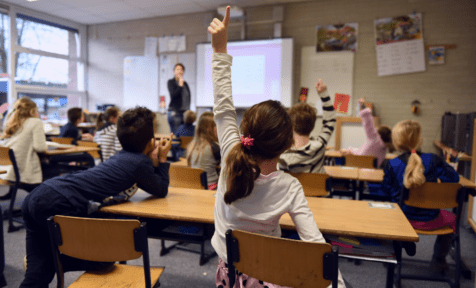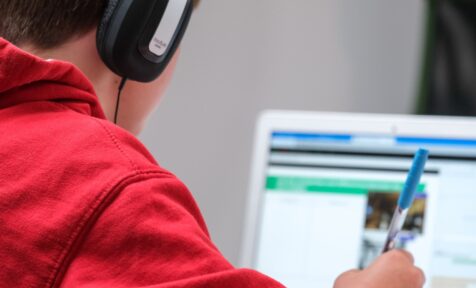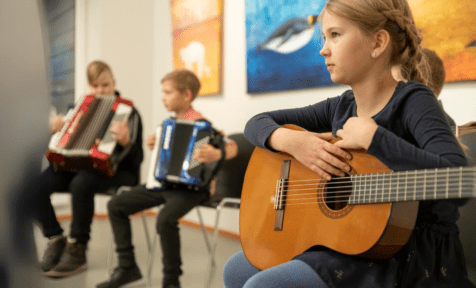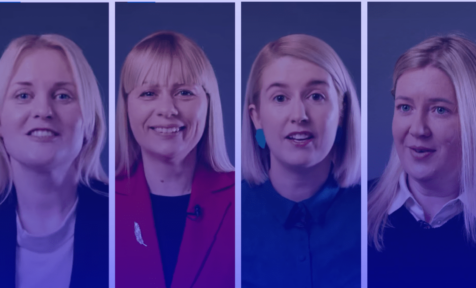Telia Company asked 7 000 students across seven countries in the Nordic and Baltics about their experiences from studying from home. Despite challenges and substantial changes in habits that happened overnight, their overall experience has been largely positive.
“Across the Nordic and Baltic countries, parents, teachers, politicians and journalists started discussing the psychological, financial and physical challenges this sudden thrust into online learning meant. But children’s perspectives have been missing in the general discourse,” says Susanne Drakborg, program manager of World Childhood Foundation.
“What are their thoughts and needs? Do they feel safe and supported? What can we as adults learn from them? The insights in this report as shared with us by children themselves can help us gain a deeper understanding of how to improve digital learning.”
Distance learning in Estonia
According to the survey, a majority of Estonian children felt satisfied overall with digital studying from home. Only 1 out of 10 express dissatisfaction. In Estonia the children state to a higher extent than in the other countries that the access to needed devices has been good – 4 out of 5 say this. Access to school systems has also been better in Estonia than in other countries. Good access to devices needed and to the internet correlates strongly with overall satisfaction.
See also:
- Lessons from distance learning: COVID as a catalyst for educational change?
- Distance learning: how is e-Estonia doing it? Tips and recommendations
Conclusions
• Overall, more than half of the children were satisfied with the overall experience of studying from home. Only 15% were dissatisfied.
• Most children felt safer (67%), happier (52%) and more relaxed (46%) as a result of studying from home. 45% agreed that their ability to solve school tasks independently has increased.
• 37% state that learning and results, as well as the ability to finish tasks in time (31%), have improved.
• Three out of four children find that the way of learning has changed, while six out of ten children learnt new communication tools and new study methods.
• Almost all state that they have had access to a computer. For most children, the internet access has worked well, however, the overall experience in digital learning is significantly lower among the 10% of children with poor internet connection quality.
• In open responses children noted that they would like to continue digital learning in the future, either integrated with regular classroom learning when they are ill or as part of lifelong learning.





